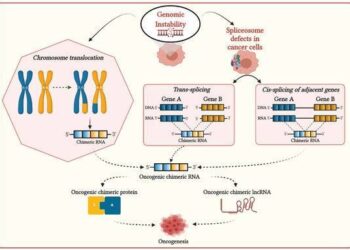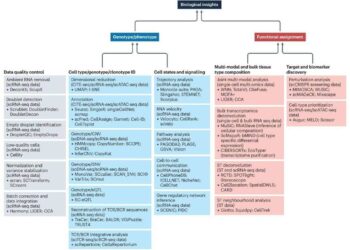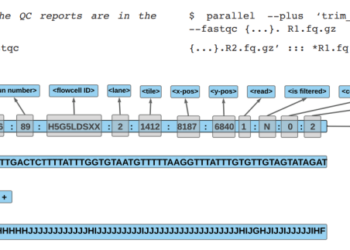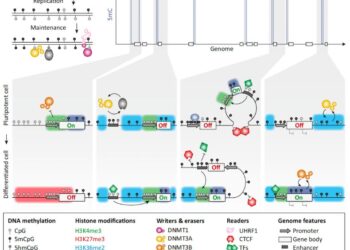What is a fusion gene? What are Chimeric RNAs? A fusion gene is a chimeric gene formed by the fusion of partial sequences of two genes, usually due to chromosomal translocations or deletions. These chimeric genes can form abnormal transcripts or proteins in subsequent biological processes, which can lead to or promote the development of […]
One of the significant advantages of scRNA-seq in drug discovery is its impact on target identification. By allowing researchers to dissect complex tissues and diseases at the cellular level, scRNA-seq enables the identification of distinct cell subtypes and their gene expression profiles. This information can lead to a better understanding of disease mechanisms and help identify novel […]
Epigenetic modifications, particularly DNA methylation, play an indispensable role in modulating gene expression, cell differentiation, embryogenesis, and disease pathogenesis. WGBS technology has transformed the field of epigenetics by enabling genome-wide, high-resolution mapping of DNA methylation patterns, thereby facilitating in-depth investigations into the molecular mechanisms underlying these biological phenomena. The Principle of WGBS The foundation of WGBS lies […]
DNA methylation, as one of the core mechanisms of epigenetics, plays a crucial role in modern biomedical research. This biochemical process adds methyl groups to DNA molecules, regulating gene expression without altering the DNA sequence itself, providing the organism with flexible and precise gene regulation mechanisms. With the rapid development of high-throughput sequencing technology, research […]
Overview Repeat expansion, a structural variation in which the number of tandem DNA sequences doubles, has long been associated with many genetic and neurological disorders. However, despite the well-documented contribution of tandem repeats (TRs) to genetic variation, TRs remain poorly understood and their impact on phenotypes and disease may be underestimated. This is largely attributable […]
Overview A large number of genetic variations and somatic mutations exist within human, plant, animal, or microorganism genomes. Genetic variation is associated with disease risk and phenotypic variation between individuals. In recent years, whole-exome sequencing (WES) has been a popular method for identifying the genetic basis of disease in research and clinical settings. However, because […]





